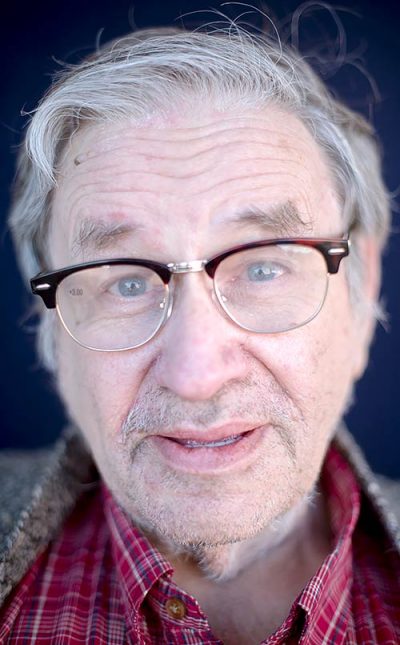
Reporting from new home, with contacts, knowledge intact
LOS ANGELES
If you are a regular reader of the Navajo Times, you may have noticed something different about my articles – the addition of “Los Angeles” to my dateline.

Bill Donovan
After living on or near the Navajo Reservation for 47 years, I went into semi-retirement earlier this year and moved to the Los Angeles area to be close to my two children. But I decided to continue writing about the Navajo people and the Navajo government.
Since then, I have gotten more than a few questions about how is it possible to write about the Navajo Nation while you live several hundred miles away. The answer is simple. It’s called a telephone.
One of the most prized qualities that a writer can bring to a story, other than the ability to write well, is institutional memory. It’s the main reason why reporters for national newspapers get big salaries to write columns because they know a story’s history and can add perspective.
A couple of weeks ago I interviewed Harrison Tsosie, a former attorney general for the Navajo Nation, about his efforts to give Navajo voters a chance to vote on a constitution. As I wrote the story, I took into account the dozens of stories I had written about previous efforts to get a constituent enacted.
This past year I also wrote a story giving readers an update on problems Navajos in the former Navajo-Hopi Land Dispute area were having getting relocation benefits, a story that I have been covering for most of the time I have written about the tribal government.
And there was also the story I wrote recently about an auditor general report that took the tribe’s land office to task for failure to carry through with home-site lease applications in a timely manner, a story I have written about numerous times in the last four decades.
Over the years, I have come to the conclusion that not much changes on the Navajo Reservation and that stories repeat themselves over and over again with only a name or two different here and there.
Another reason why I found it easy to write stories from my new home is that the people I talk to regularly remain on the job and over the years I have enjoyed a good relationship with middle level tribal officials who have gone out of their way to give me the information I needed to write an accurate story.
These kinds of relationships are important to any reporter and take years and sometimes decades to achieve so no matter where a story is written, a reporter with these kinds of contacts is able to find a source to ferret out details on any topic.
I remember back in the early 1980s a man by the name of Lee Cannon.
Cannon was an Anglo who dressed like Buffalo Bill. He was a public information officer for then-chairman Peter MacDonald but his value was in the notebook he carried around with him everywhere he went.
This notebook contained the names and private phone numbers of people who had money and were willing to donate to worthy causes. He would tap these people on numerous occasions to raise fund for Navajo projects.
His whole life was in that notebook so I realized his concern when he called me up one day and told me that Wanda MacDonald had taken his notebook and he was afraid she would not return it. He did not have a duplicate and said it would take him years to get those numbers again.
Eventually, he resolved his problem and either got the notebook back or found a way to make a duplicate. But his problem made me realize just how important my contacts were.
This institutional memory and contacts are two valuable tools a reporter has. Without them, stories can be superficial and lack meaning.
I saw this many times during the 1970s and 1980s when national publications would send in reporters to do stories about Navajos.
These were the days when newspapers like the New York Times, Washington Post and the Los Angeles Times figured out that something was happening on the Navajo Reservation that their readers needed to know. So they would send in a couple of reporters who would spend a couple of days interviewing people and then go back home and write the story.
It was obvious from the stories that they wrote that they came to the reservation with preconceived ideas and talked to people who would booster their views. With really no background about the subject and few contacts, their stories were, at best, superficial. But that is basically what their editors wanted.
So my plans are to continue writing about the Navajos with hopes that I will still be around to cover at least one more election.
This would be give me a total of 50 years and an even dozen elections under my belt.
To read the full article, pick up your copy of the Navajo Times at your nearest newsstand Thursday mornings!
Are you a digital subscriber? Read the most recent three weeks of stories by logging in to your online account.







 Highway 264,
Highway 264, I-40, WB @ Winslow
I-40, WB @ Winslow